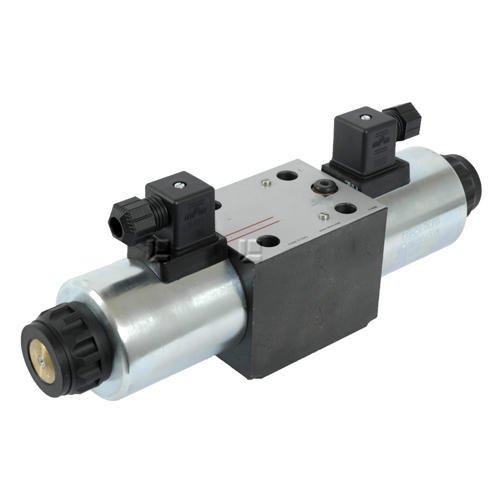1. Electromechanical Operation: Utilizes an electric current to control the opening and closing of the valve, enabling precise control over fluid flow.
2. Directional Control: Manages the direction of hydraulic fluid flow, crucial for controlling the movement of actuators and machinery.
3. Pressure Relief: Acts as a pressure relief valve in some configurations, safeguarding the system from overpressure conditions.
4. Flow Control: Allows for the regulation of hydraulic fluid flow rates, enhancing control over the speed and performance of hydraulic components.
5. Fast Response Time: Rapidly responds to electrical signals, facilitating quick adjustments to fluid flow and system dynamics.
6. Versatility: Available in various configurations for different functions, including 2-way, 3-way, and 4-way valves, supporting diverse applications.
7. Durable Construction: Built with robust materials to withstand the demands of hydraulic systems and ensure long-term reliability.
8. Compact Design: Often designed with a compact form factor, allowing for easy integration into hydraulic circuits with limited space.
9. Energy Efficiency: Consumes power only when changing valve positions, contributing to overall energy efficiency in hydraulic systems.
10. Application-Specific Configurations: Tailored for specific applications, offering customization to meet the unique requirements of different hydraulic systems.
Hydraulic Solenoid Valve
Description :-
The Hydraulic Solenoid Valve is a pivotal component in hydraulic systems, controlling the flow of fluid with electromechanical precision. Operated by an electric current, the solenoid within the valve opens or closes the valve, regulating hydraulic fluid direction and pressure. Commonly used in automation, industrial machinery, and mobile equipment, these valves enable efficient and rapid response to changing operational requirements. With applications in directional control, pressure relief, and flow control, the Hydraulic Solenoid Valve plays a crucial role in optimizing hydraulic system performance, enhancing precision, and contributing to the overall reliability of diverse hydraulic applications.

Features of Hydraulic Solenoid Valve